In a patent application on Thursday, Apple laid out plans for a universal connector that bridges the gap between a number of data transfer protocols, thereby limiting the types of receptacles needed on a given device.
As a side effect of the booming growth of consumer electronics, a multitude of different connectivity protocols have been invented to transfer data between devices, each bringing its own specialized connector. Attempts have been made to create standards, however consumers are still left with a plethora of choices, from USB to HDMI to the recently-implemented Thunderbolt.
Apple's aptly named "Universal connector" filing looks to solve some of the problems associated with owning more than one electronic device by creating an adaptive receptacle that can interface with a variety of formats.
The filing explains the problem:
Customer confusion may also result as users try to sort through a bewildering array of acronyms. Design complexity may also be increased. For example, to avoid damage, each new connector may be constructed such that a connector insert from a cable that supports one interface cannot be improperly inserted into a connector receptacle for another interface.Also, as these standards and interfaces evolve, devices with newer connectors may not be compatible with a user's legacy components. For example, a new computer may have an HDMI connector, while a monitor may have a DVI connector. An adapter to convert signals from HDMI to DVI may be used, but such necessity invokes further customer dissatisfaction.
Apple itself suffers from the problem of multiple interfaces, most recently announcing that it would be shipping a Lighting to Digital AV adapter compatible with its current iDevice lineup.
Sample connector insert.To deal with the ever-growing issue, Apple presents a connector receptacle that contains "a number of relatively small pads or contacts arranged in an array or other pattern," with the pads able to be placed on any surface within the cavity. The pads can be individually configured to be ground, power, or signal lines, depending on what type of connector is inserted into the receptacle.
For example, each insert may have a unique pad arrangement which identifies the connector insert as being a connection for a specific interface, such as a USB, HDMI, DVI, power, Ethernet, DisplayPort, Thunderbolt, or other type of interface. In a specific embodiment of the present invention, each of a number of connector inserts may have a similar pad pattern, with one or more pads omitted, where the omissions indicate the type of connector insert.Illustration of receptacle pads with insert overlay (dotted lines).
While the receptacle itself doesn't change shape to accommodate the various cable types, the inserted cable can be formed to fit the receptacle, or can be free to move in the connector after insertion. Instead of having contacts dedicated to certain signal or power paths, the pads within the receptacle can be dynamically assigned, thereby offering support for a number of differently shaped inserts. The filing notes that springs or other methods can be used to force electrical contact.
Variant arrangement of pad array.Once a cable is inserted, the connector determines which pads need to be activated through harmonics, frequency or signal readings, and other methods. Fiber optics are also supported by the invention.
It is unclear if Apple will use the technology in an upcoming product, but as more and more transfer protocols are introduced with no end in sight, such a solution would be a welcome addition to any computer.
 Mikey Campbell
Mikey Campbell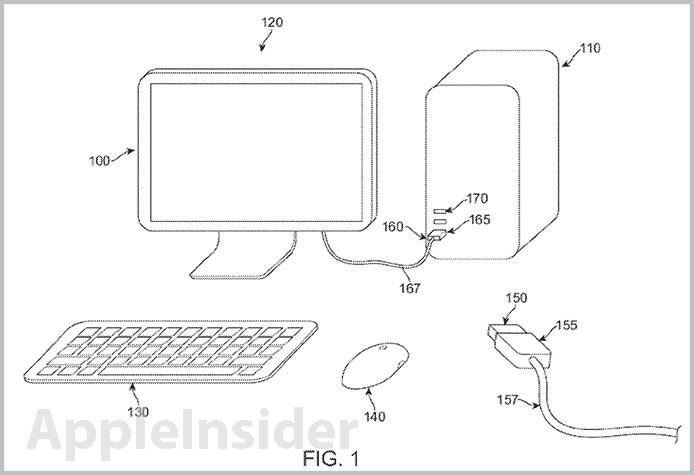

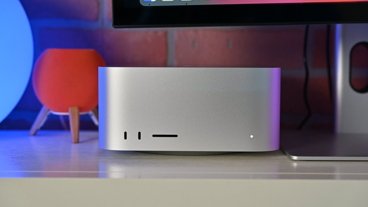
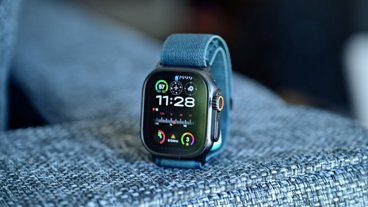
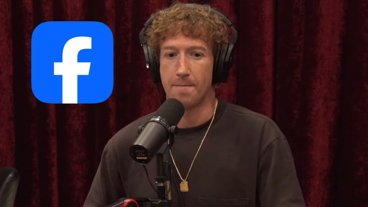
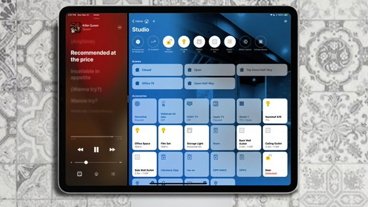
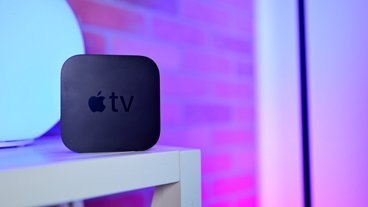
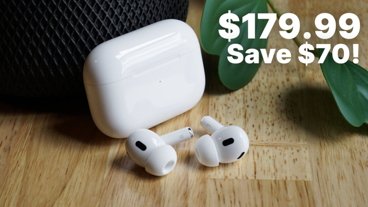
-m.jpg)





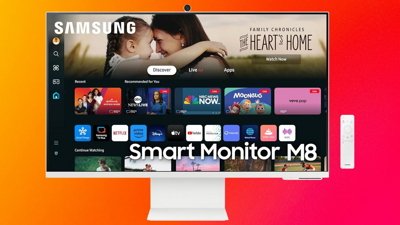
 Christine McKee
Christine McKee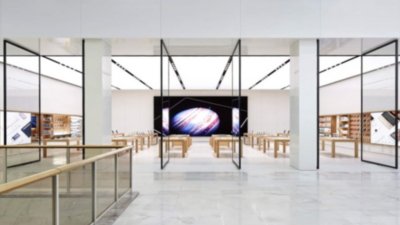
 Stephen Silver
Stephen Silver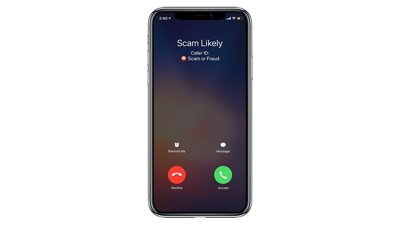
 Charles Martin
Charles Martin
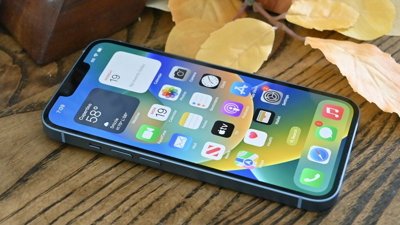
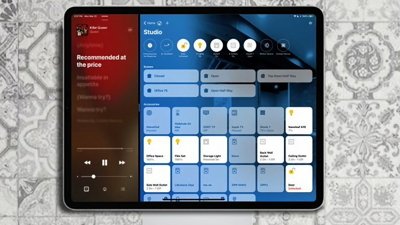
 William Gallagher
William Gallagher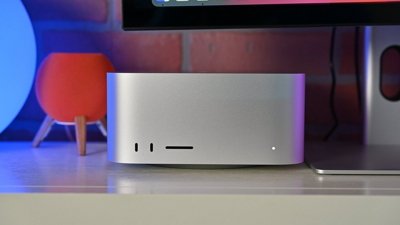
 Malcolm Owen
Malcolm Owen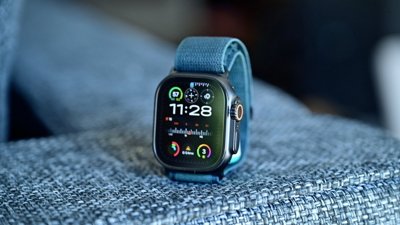
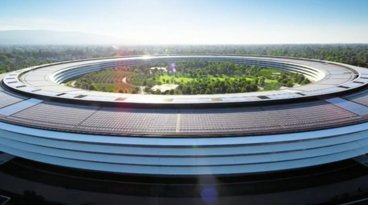
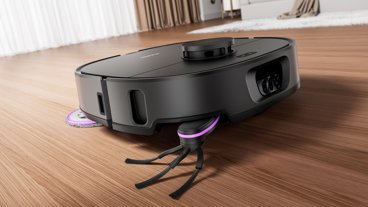
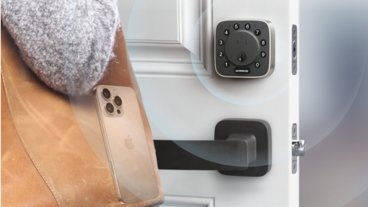







13 Comments
If any invention like this is to really take off, then like MIDI (one of the few long term successful technical standards that has NOT required a constant change in connector types), Apple need to do as Roland did (and Ericsson did with Bluetooth) and release the spec and keep the royalties as low as possible, if any at all. A garden walled connector ecosystem may in fact harm sales. For example, I'm deferring purchase of an iPhone 5 because I am so heavily invested in microUSB chargers and cables - and previous generation Apple iOS connectors too! If Apple are not going to license Lightening, then I would rather stick with microUSB that works on all Android and most other phones now thanks to the EU directives. Makes life so much easier, in particular now that we use wireless to transfer, sync, share and view so much of our content. Note, back in 1989 to 1991, my company (lead by me) proposed a global universal optical (plus power) connector standard, known as UNiFii to the IEEE in the period leading up to the development of what became Firewire. Later, in 2003/4, we finalised the physical design of the UNiFii connectors and may well try to see it to fruition next year. It may retain the UNiFii name. Like Lightening, it also eliminates the need to worry about which way around you plug a connector in, but goes one further, each end of the cable is the same too.
This patent shows that Apple patents a lot of stuff but doesn't necessarily follow their patents. It's like a joke. They just presented the lightning connector that's incompatible with everything apart iOS devices and isn't even USB 3.
This patent looks a lot like genericized Lightning....
It ignores the issue of how a connector would be physically held in place, or how you even make contact with the inside of varying connector plugs. Once you deal with that, you're basically left with Lightning - one connector shape that can dynamically reconfigure its pins to deal with "dumb" adapters to different plugs. I put "dumb" in quotes because Apple put a chip in it anyways - albeit for authentication.
This patent shows that Apple patents a lot of stuff but doesn't necessarily follow their patents.
It's like a joke. They just presented the lightning connector that's incompatible with everything apart iOS devices and isn't even USB 3.
look at samsung and IBM then.. that trully is a joke.
at least apple makes game changing devices since 98. in fact, apple is the only one doing that.. why are the others even trying to patent something? to stiffle innovation, obviously.
[quote name="ClemyNX" url="/t/153759/apples-universal-connector-invention-looks-to-do-away-with-adapters#post_2219454"]This patent shows that Apple patents a lot of stuff but doesn't necessarily follow their patents. It's like a joke. They just presented the lightning connector that's incompatible with everything apart iOS devices and isn't even USB 3.[/quote] Until they can verify that every person on the planet that is even considering getting an iOS device or just an iPod is using USB 3.0, they are going to hold on that switch. The last thing they need is lawsuits over a changed plug that folks can't use.